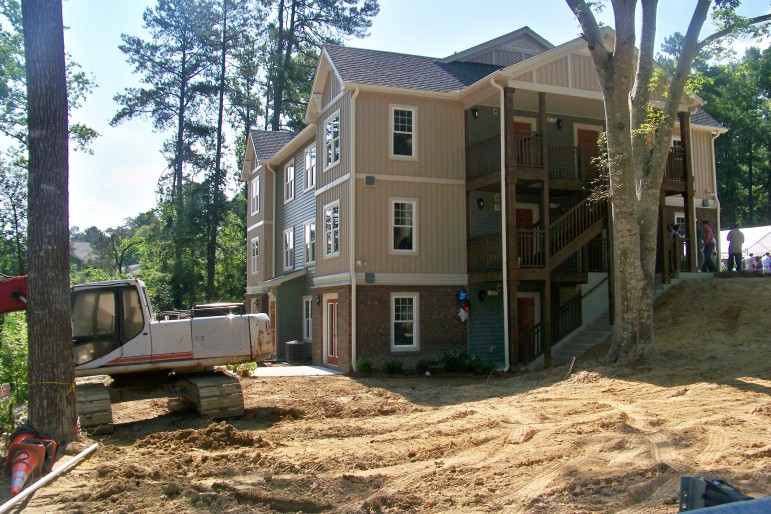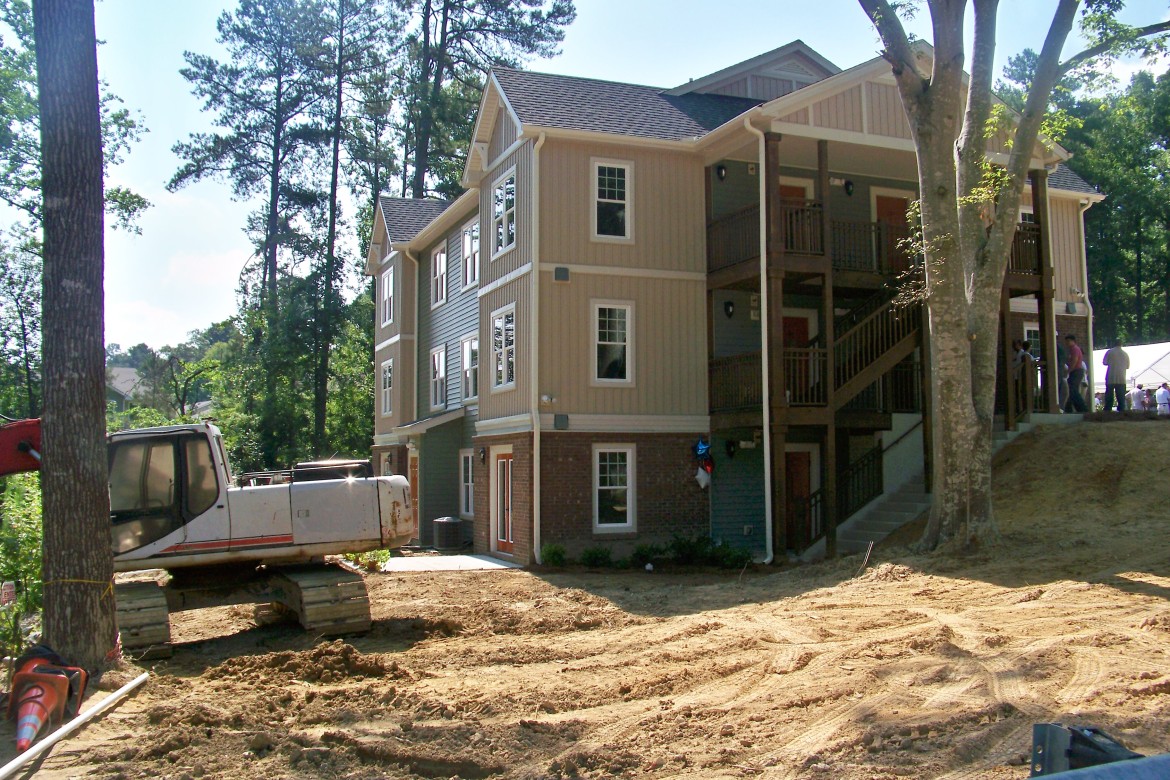The need for affordable housing is growing in Raleigh. The city keeps track of the almost 13,000 affordable housing units it funds, but has no way to track affordable housing that is privately owned.
With all of the new development occurring in Raleigh and a lack of data, the city might not have the full picture of its affordable housing shortage.
Gregg Warren, president of DHIC, a nonprofit housing organization, said DHIC owns almost 1,700 affordable apartments in the area and has long waiting lists for each one.
“There is definitely a shortage of affordable rental housing in Raleigh and in the Triangle as a whole,” Warren said. “Many families pay more than the accepted standard of 30 percent of income for rent and utilities. In fact, a significant number pay more that 40 percent or 50 percent.”
The 2007-2011 American Community Survey data show Raleigh households with annual income of less than $50,000 are particularly burdened by housing costs. The standard affordable housing cost is 30 percent of income. However, 66 percent of these households pay more than 30 percent of their income in housing costs in Raleigh.
According to the city’s 2030 Comprehensive Plan, less than 5 percent of Raleigh’s total housing supply is city-funded affordable housing. Current data from the city’s Community Development Department show a total of 12,829 assisted affordable housing units in Raleigh.

Holly West / North Carolina Health News
Construction on CASA’s first home for veterans on Sunnybrook Road in Raleigh was completed this year. The affordable housing project contains 10 units.
The Growth and Development of Downtown
According to Raleigh Planning Commission member Adam Terando, Raleigh’s rapid growth may have something to do with that.
“It’s just something that I think we’re seeing a lot more of, especially downtown,” Terando said. “As we get these new properties coming in, I would imagine that to make a profit those rents are going to be fairly high.”
Source: City of Raleigh Community Development Department, 2013
Terando said the growing number of residents moving into rental housing and the development of more expensive rental housing in downtown Raleigh has him concerned about the availability of affordable housing.
“As we’ve had more people moving to rental units, it is becoming more attractive ever since the recession,” Terando said. “It is a concern that I have. What is that housing stock looking like, and are we still providing enough units for folks that will be priced out of their apartment?”
Raleigh’s rapid growth has led Planning Commissioners to be primarily focused on the future of the city and less on existing housing, according to Terando.
“In planning, I feel like we kind of have this bias towards always looking forward at what is coming in new: new development, new plans, what we want the city to look like in the future,” Terando said. “Sometimes that means we’re not taking a step back and saying, ‘OK, well what’s happening as all the new development is coming in, to the stock that’s already here?’ It gets left behind I think.”
Housing Data and Communication
The City of Raleigh may not even be aware of the full scope of its affordable housing shortage.
The city only tracks city-funded affordable housing. Affordable rental housing in the private market is not tracked at all.
Raleigh Planning Director Mitchell Silver said in order to keep track of both city-funded and privately-owned affordable housing, the city would have to subscribe to a company that collects that type of data.
This data would be incredibly useful, according to Warren.
“We are losing affordable housing stock to redevelopment all of the time. This happened in the North Hills area and will be happening, or has happened, in the Crabtree area,” Warren said, “There are other older properties not subsidized that offer affordable rents that are in danger of being lost to redevelopment all the time. We need to maintain a scorecard of what is being lost and what is being gained.”
Terando expressed a similar sentiment about the need for effective communication between the different departments in the city.
“My hope is that different departments in the city are working together when these issues that go across department boundaries crop up,” Terando said. “I hope there’s some communication across the city about this. What’s our overall strategy as far as making sure that everyone has a place that they can afford to live in the city?”
The City of Raleigh has several programs designed to help increase the supply of affordable housing and stabilize and improve older neighborhoods. The city also has partnerships with different for-profit and nonprofit organizations as well as local residents to help address the affordable housing need.
With the absence of any kind of tracking of both city-funded and privately owned affordable housing however, the city’s ongoing growth and development will cause the number of privately owned affordable housing units to dwindle.
“As we grow and develop and more people want to live downtown or in apartments, which I am totally in favor for and a big champion of,” Terando said, “there’s these other issues that we still need to pay attention to.”
Warren suggests making affordable housing part of the conversation during the development process as a step toward finding a solution to the problem.
“We might even want to have City officials ask the question during the development review process of how the developers can help blunt these impacts on the affordable housing stock.”
